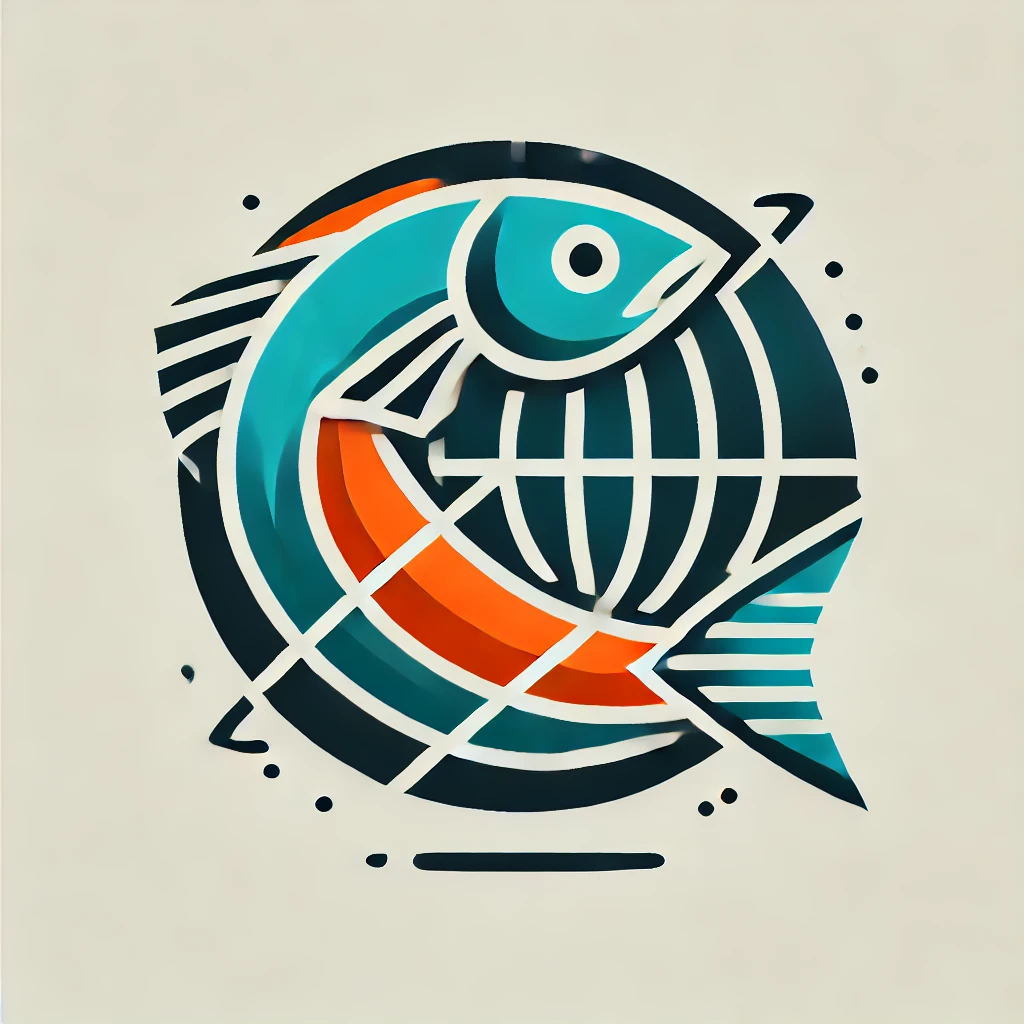Exploring Snapper Fishing Opportunities in Spain
Spain, with its extensive Mediterranean and Atlantic coastlines, offers a diverse array of marine life for sport fishing enthusiasts. Among the most sought-after fish species by anglers is the snapper, known for its strength, agility, and culinary value. While commonly associated with tropical and subtropical regions, various snapper species are also found in Spanish waters, particularly in the southern and eastern coasts. These fish present both a challenge and a reward for those interested in international fishing experiences.
Snapper is a term that generally refers to species within the Lutjanidae family, which includes several popular game fish like the red snapper and the dentex. In Spain, the most commonly encountered snapper-like species is the common dentex (Dentex dentex), a prized catch among Mediterranean anglers. Dentex are known for their aggressive behavior and sharp teeth, making them a formidable opponent on the line. They typically inhabit rocky sea bottoms and reefs, where they can ambush smaller fish and crustaceans.
Where to Find Snapper in Spanish Waters
Snapper fishing in Spain is best experienced along the Mediterranean coast, particularly in regions such as Costa Brava, Costa Blanca, and the Balearic Islands. These areas offer warm, nutrient-rich waters that attract a variety of species, including dentex and other reef dwellers. The southern Atlantic coast near Cádiz and Huelva also provides opportunities to target snapper-like species, especially during the warmer months when water temperatures rise. Charter services in these regions often cater to international tourists seeking guided sport fishing excursions.
The preferred habitat for dentex and other snapper species includes rocky ledges, submerged reefs, and areas with complex underwater topography. These environments provide ideal conditions for ambush predators that rely on stealth and speed. Anglers typically use sonar equipment to locate these features before deploying their bait or lures. Because snapper are usually found at depths ranging from 20 to 100 meters, a solid understanding of bottom fishing techniques is essential.
Fishing Techniques and Equipment
Snapper fishing in Spain requires specific techniques and equipment to be effective. Vertical jigging, bottom fishing with natural bait, and slow trolling are among the most popular methods. For dentex in particular, anglers often use live bait such as squid, cuttlefish, or small mackerel to entice strikes. Lures mimicking small fish can also be effective, especially when fished near underwater structures. Rods used for snapper fishing are generally medium-heavy, paired with strong reels and braided line for sensitivity and durability.
Electronic fish finders are frequently used by both recreational and professional anglers to locate snapper habitats. Once a potential area is identified, slow drift fishing allows bait to reach the desired depth and maintain contact with the seabed. It's important to set the hook firmly once a bite is detected, as dentex have tough mouths that can resist weaker attempts. For safety and success, hiring a local guide familiar with the area's regulations and best practices is highly recommended.
Fishing Seasons and Regulations
While snapper-like species can be caught throughout the year in Spain, the best season generally spans from late spring to early autumn. During these months, water temperatures are higher and fish are more active in shallower zones. This seasonal activity makes it easier for anglers to locate and target them without venturing into deeper offshore waters. Night fishing can also yield success, as dentex are known to be more active after sunset.
Fishing regulations in Spain are designed to promote sustainable practices and protect marine biodiversity. Anglers must acquire a valid fishing license for recreational sea fishing, which varies by autonomous region. Size and bag limits may also apply to certain species, including dentex. It is crucial for visiting anglers to familiarize themselves with local laws before setting out, as penalties for non-compliance can include fines and equipment confiscation. Many charter services handle licensing requirements for their clients to simplify the process.
Travel Considerations for Fishing Tourists
For travelers interested in fishing for snapper in Spain, accessibility and infrastructure are key advantages. Major airports in Barcelona, Valencia, Málaga, and Palma de Mallorca connect international visitors to top fishing destinations within hours. These regions also offer a wide range of accommodations, from luxury resorts to coastal hostels, catering to different budgets and travel styles. Local marinas and fishing communities often provide charter boats, gear rentals, and experienced captains fluent in English and other languages.
Cultural experiences add another dimension to a fishing trip in Spain. After a day on the water, travelers can explore historic towns, sample regional seafood dishes, or participate in local festivals. Dishes like “dentón a la espalda” or “pescado a la sal” highlight the culinary value of snapper and similar species. Combining fishing with leisure and gastronomy makes Spain an attractive destination not only for avid anglers but also for families and travel companions with varied interests.
In summary, Spain is a compelling destination for anyone interested in snapper fishing, offering diverse habitats, reliable charter services, and a rich cultural backdrop. While true red snapper species are more typical of the Western Atlantic and Gulf of Mexico, Spain's dentex and similar reef species provide a comparable experience in terms of challenge and reward. With proper preparation, adherence to regulations, and the guidance of local experts, fishing for snapper in Spain can be a memorable and fulfilling adventure.

